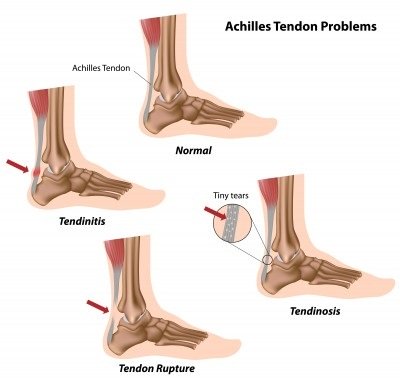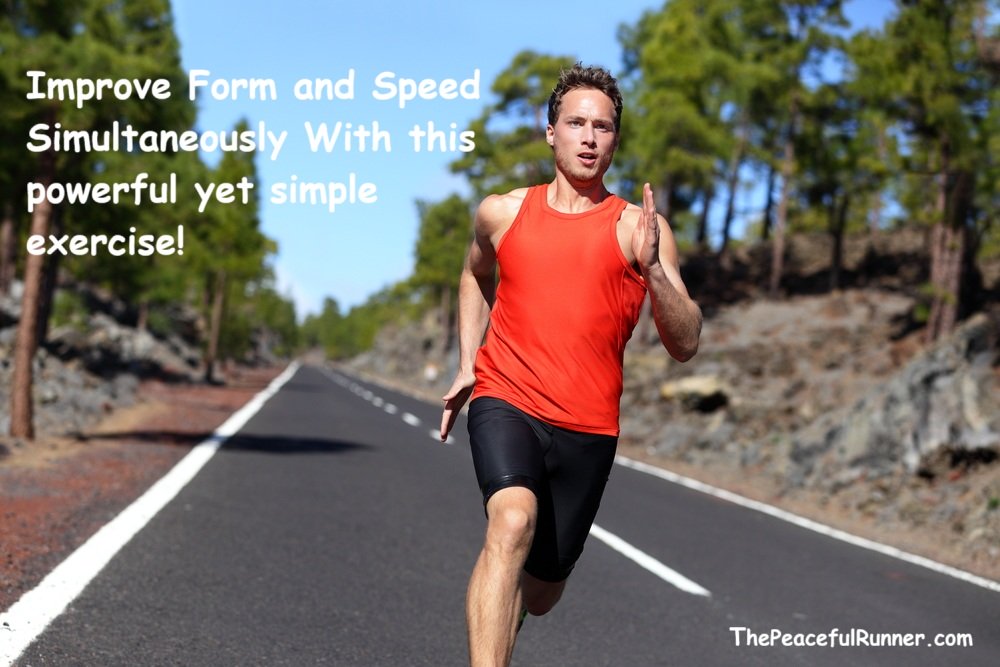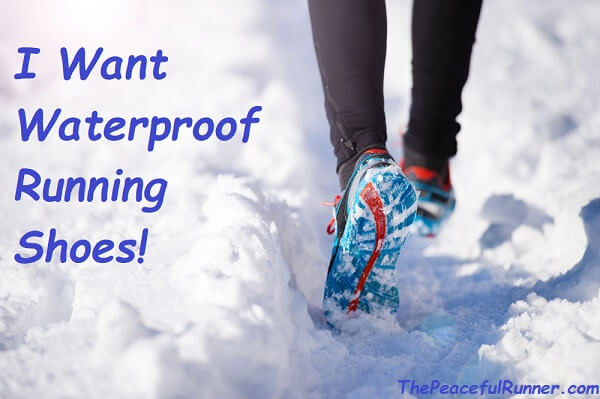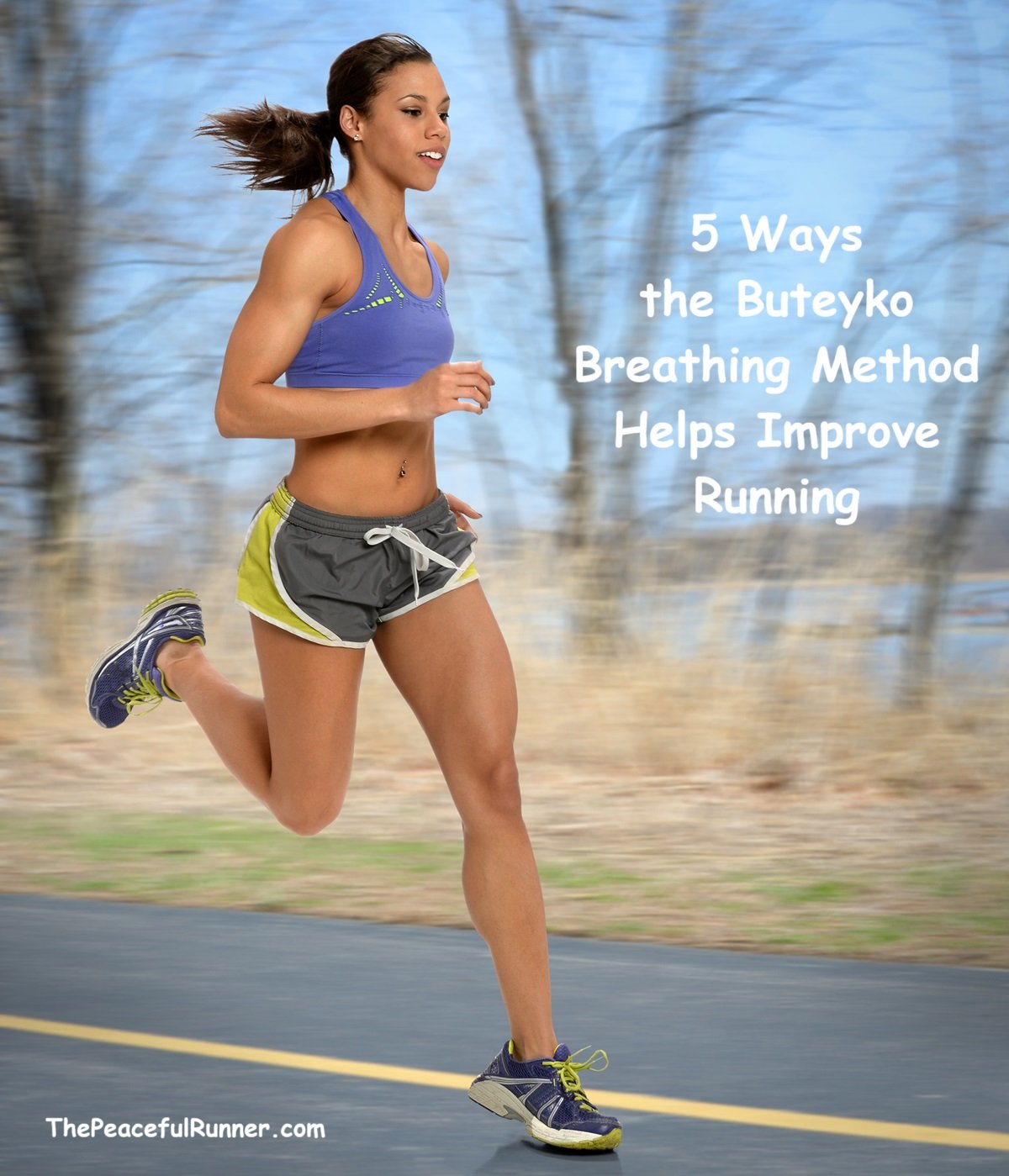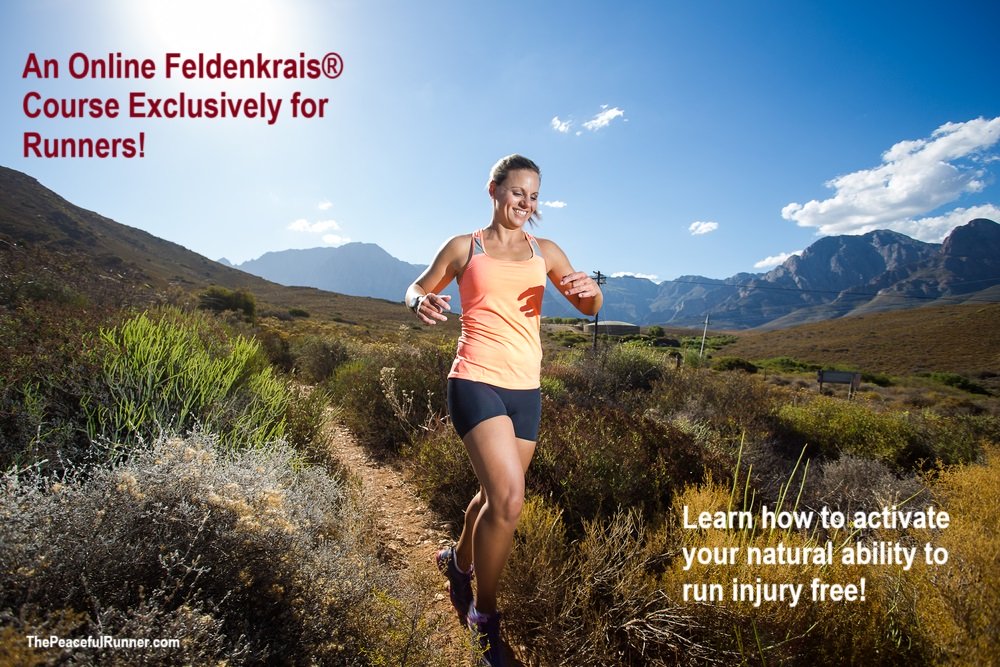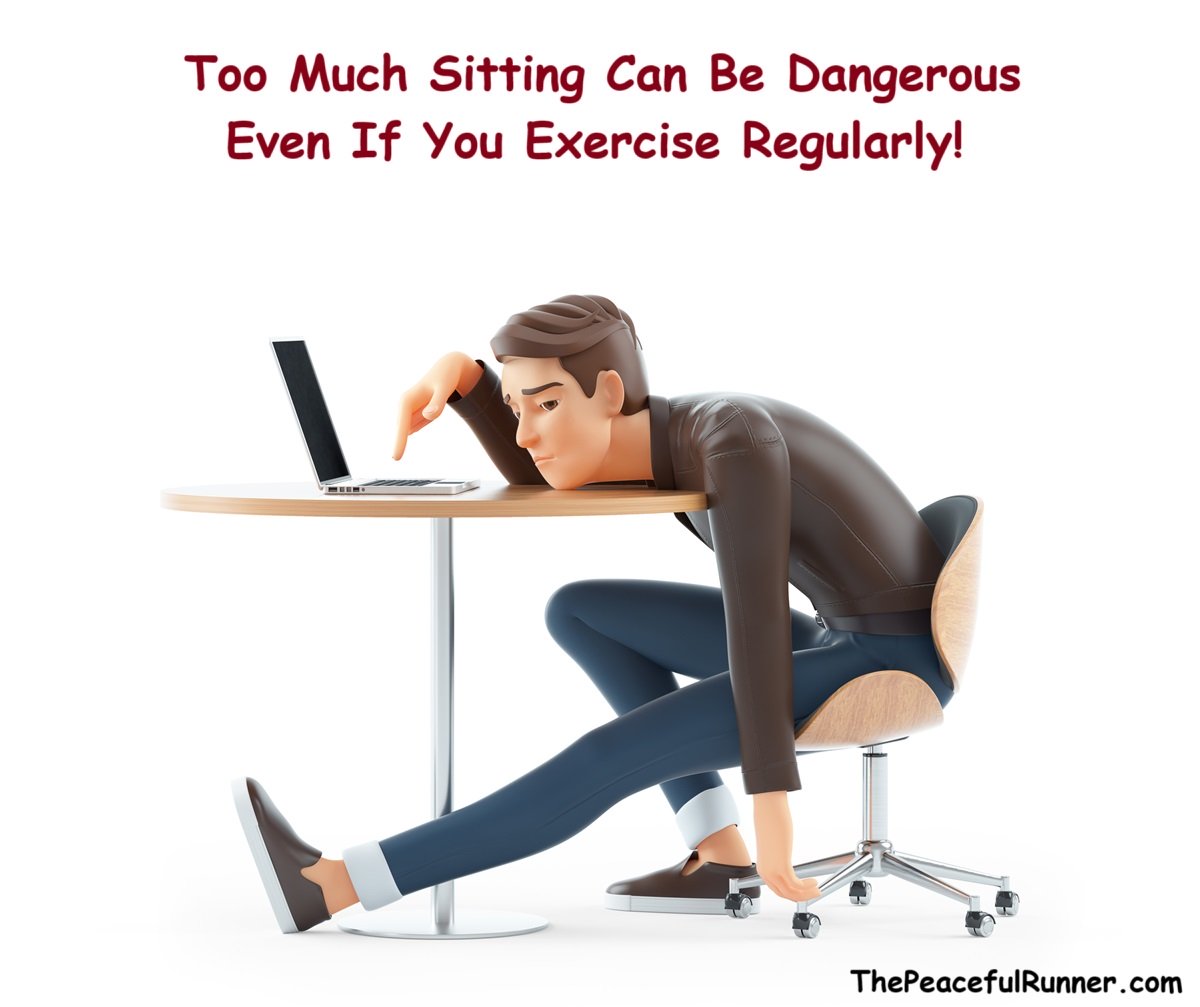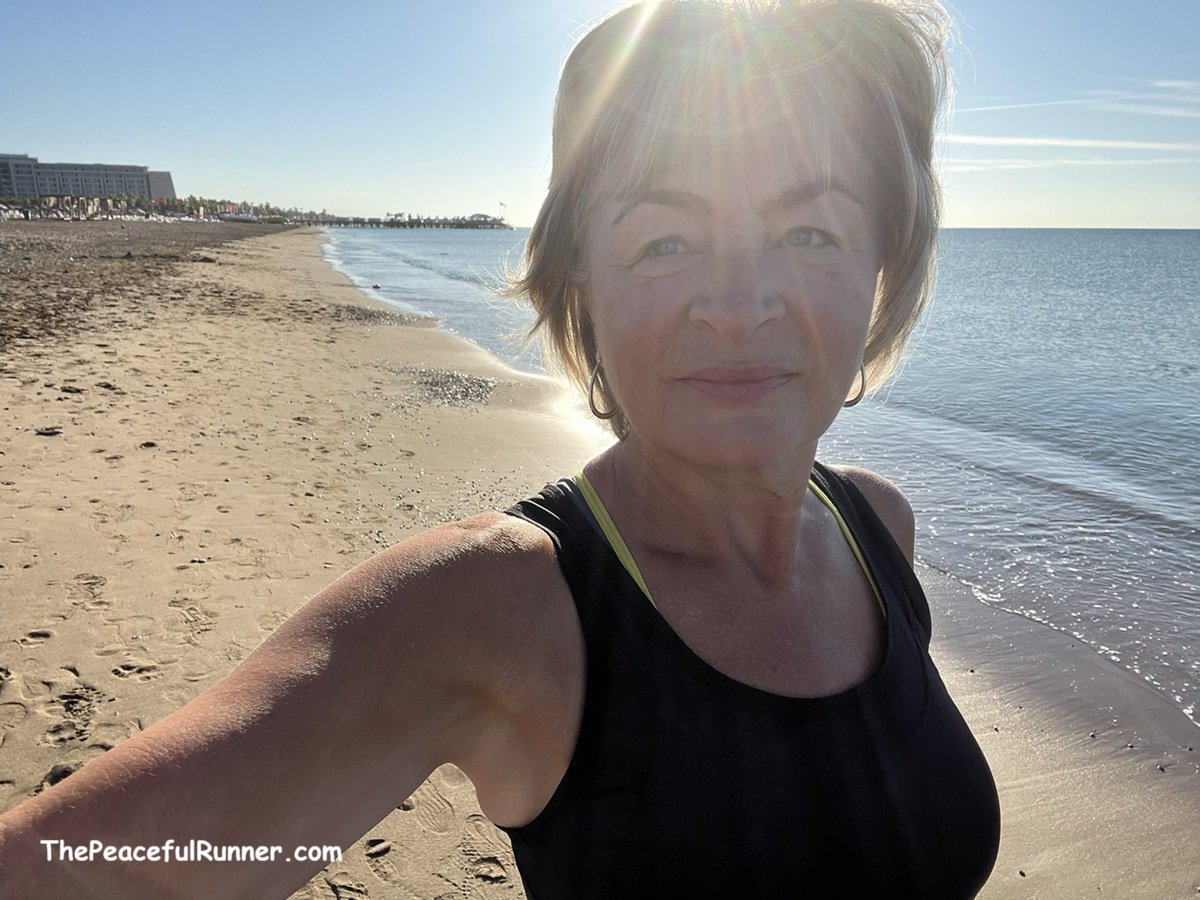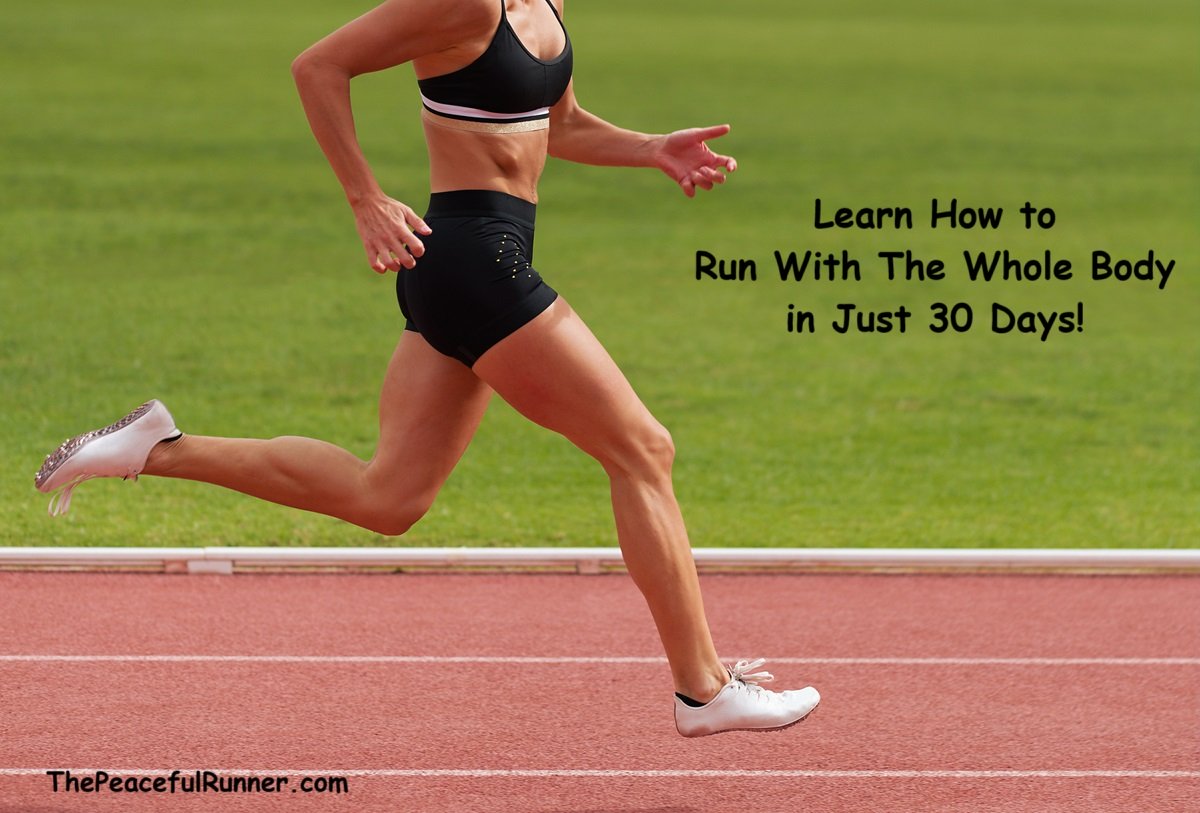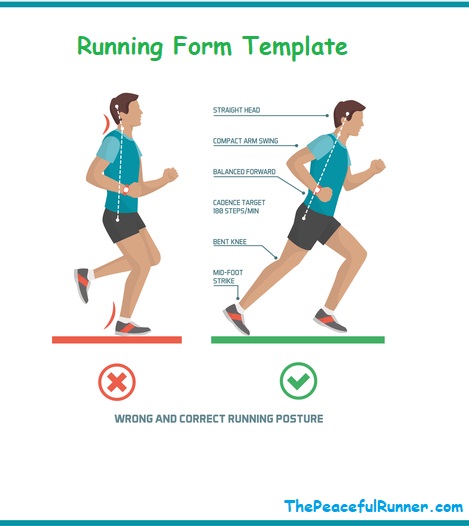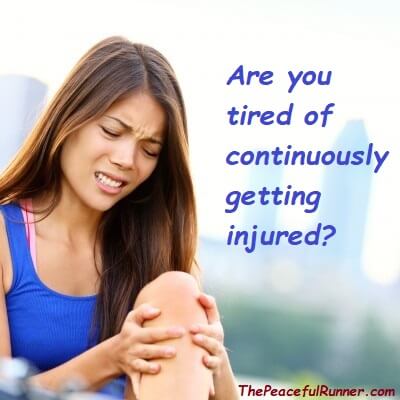- Home
- Running Interviews
- Mindful Running Interview
Mindful Running Interview with Ozzie Gontang
A mindful running interview with Ozzie Gontang, Ph.D. by The Peaceful Runner. Ozzie managed Mindfulness.com -- a website about mindful running, mindful leadership and living life to the fullest in the present moment.

Ozzie has run 88 marathons and a couple of ultra marathons during his running career. He maintained the FAQs for the popular newsgroup rec.running for over ten years, he is Director of the San Diego Marathon Clinic and he is a Certified Pose Method coach.
On a professional level, Ozzie has a Ph.D. in Professional Psychology, is a Group Chair for the Vistage Group (for over 21 years) and he is also a Group Support Leader at the Scripps Center for Integrative Medicine.
Please join us as we interview Ozzie Gontang.
Enjoy...
Mindful Running Interview
Q. Thank you Ozzie for joining us today. I have to say I really enjoy reading the articles on your website. They contain so many positive messages of inspiration as well as practical advice. I like how you have designed your site combining mindfulness with running, leadership and everyday life. Why did you decide to create the website and how did you decide on its concept?
A. I was influenced by the writings of Thich Nhat Hanh back in the 1980’s and was introduced to the writings of Jon Kabat-Zinn. In the mid-90s a number of the people at Integrative Medicine had gone through the Mindfulness Based Stress Reduction program. Steve Alper and Karen Sothers were two of our trainers.
Misperceptions, incorrect ideas or notions get us into more trouble. The Will Roger's comment, "It’s not what I know that gets me in trouble, it’s what I know that just ain’t so." The majority of people in the United States still think that the Yield signs are yellow. They haven’t been yellow since we adopted the International Signage Code back in the late 80’s.
For me, the Kalama Sutra is my guide:
"After thorough observation, investigation, analysis and reflection, when you find that anything agrees with reason and your experience, and is conducive to the good and benefit of one and all, and of the world at large; accept only that as true, and shape your life in accordance with it; and live up to it."
Life is about living a practice. Living in appreciation and with gratitude and dealing with whatever life has to offer. It is about living life fully no matter what the circumstances.
We are herd/pack animals and how do I live for the benefit of one and all? So Mindfulness is in the moment. Running mindfully for me became a practice that involved form and style -- we can run clumsily or gracefully. Go for the grace! Leadership is first about leading oneself. My thinking influences my being and my being influences what I do and what I won’t do.
We don’t learn from our experiences. We learn from our interpretation of our experiences. So my interpretation of Mindfulness, Running, and Leadership has been influenced by what can I share that might help others to become better walkers, standers, sitters, breathers and running while focused on what is needed to become a world class human. We have some marvelous examples to draw from. Watch Nickelback’s If Everyone Cared video (below) or Bombshel’s Power of One.
Q. You began your running career as a "Running Therapist" under the guidance of Thaddeus Kostrubala, MD, author of "The Joy of Running." You later became the director of the San Diego Marathon Clinic, which has helped thousands through its free running and walking clinics every Sunday morning. Please explain the role of "Running Therapist" and how it has helped you help so many others through walking and running.
A. George Sheehan said, "We are called in our lives to be poets, philosophers, artists, and athletes." He went on to say, "But first and foremost, be a good animal." For me, Jung’s comment, “The mind reflects the body reflects the mind,” allows me to start wherever you are. All I can guarantee is that you’ll use up about 400 to 700 calories of energy during our time together.
Emotionally I’m not certain what will happen because I can’t take away your feeling and your thoughts. I may, however, be able to change some of your perceptions as to how you look at things. I can give you the ability to discriminate about how your walk, stand and breathe so as to reduce stress or anxiety. If I walk or run with you, you also commit to walk or run three or four times a week alone or hopefully with others. We’re back to the Kalama Sutra, benefiting yourself and all others.
The role of the Running Therapist is best explained by realizing it is a practice that one is doing for themselves. Sort of walking your talk while talking your walk.
Q. You have contributed to and gathered a wealth of information over the years from the rec.running FAQs newsgroup. As newsgroups seem to be a thing of the past, what will happen to all this information? Will it still be available to runners in the future?
A. It is still there and there is so much information that is now available.
I have compiled about 325 pages of one- to four-page chapters of what has worked for me and the people I’ve trained. There will be a book in the next six months to a year.
Q. You have written articles that support the "ball-heel" foot strike as opposed to the heel foot strike. There are increasingly more research and studies conducted that support the benefits of the forefoot strike while running. In your opinion, what is the safest way for a heel striker to convert to a forefoot striker?
A. Simply march in place and you will see how the foot naturally touches. Remove the word strike from your vocabulary. I attempt to touch the ground ball/heel/ball as softly as I can and as quickly as I can. I only touch the surface of the ground ball/heel.
Q. Other than the landing on the forefoot, do you have any other advice for runners regarding proper running form?
A. People can land like a bean bag, a tennis ball or a super ball. Go for the super ball. That’s where quick cadence comes in.
No matter the running speed, practice quick cadence, 180 to 190. No matter beginner or world class elite, practice quick cadence all the time. Pose simply has you pull the heel off the ground using the hamstring. The rest is a fall. Running is falling and catching oneself gracefully each and every step. Running is about falling, not falling down. Simply falling and recovering each step for 100 yards or 100 miles.
Mindful Running Interview - Nose Breathing
Q. In one of your articles, you mentioned that breathing through the nose is the best way to get oxygen to the brain. Have you been able to run and breathe only through the nose? Is breathing through the nose while running a more efficient way to run?
A. The nose moisturizes, filters and warms the air we breathe. When I first decided to run a marathon breathing through the nose, I went about 200 yards before the panic set in and I had to stop. I learned to flare my nostrils when breathing in, similar to when you smell a fragrance or some cooking you really love. It took me about 6 months to run over 20 miles breathing only through the nose. When I did my first marathon through the nose, I did it in 3:27. Another dear friend, Jerry Goldberg, started playing with it. He did an 84:04 half marathon through the nose.
After that marathon I just breathed. When you’re breathing through the mouth, you’re also taking in air through the nose. It was a good experiment. I’d have people practice it to see if they can keep themselves calm and the brain from panic. Get the body running efficiently first and later the breathing will be the tuning to go a lot faster and keep the brain oxygenated.
Q. You offer your services as a group support leader at the Scripps Center for Integrative Medicine and assist patients by helping them realize that they have control over their health and well-being. Do you have any advice along these lines to give our readers to help them stay healthy and injury free?
A. We are experiments of one. When you read: Healthy Lifestyle, Healthy Living, and Healthy Eating, I read it differently and think: Heal thy Lifestyle, Heal Thy Living and Heal thy Eating. It’s about the practice.
When it comes to being injury free, I say learn about fascia. 'Fascia letting go' is the feeling of what someone did to you when they gave you an Indian-burn on your wrist as a kid. Muscles can’t go through their range of motion if the fascia is holding the muscle. If you stretch and the fascia is adhering to the muscle or bone or another muscle like a tight stocking, you gradually overstretch the good muscle fiber that then joins the fascia constricted part of the muscle. And you end up saying, "Stretching doesn’t work." It’s the fascia that is the issue in many cases. Not the muscle.
"I am not a marathoner because I ran a marathon."
Q. I love this quote that you stated in one of your articles: "I am not a marathoner because I ran a marathon. I am a marathoner because I bring the being in the moment while marathoning to my daily life. My running helps me be a good animal, so that I can do my life consciously and with mindfulness."
You currently have so many commitments that keep you very busy. Do you still find time to get out there and practice "mindful running in the moment"?
A. After all these years, running puts me in the moment. I love my time alone. I have my pedometer and get to see if I am meeting my 10,000 steps a day.
Q. Some runners are not familiar with Mindful Running. Do you have any suggestions for runners who want to start running mindfully?
A. Observe your environs. Listen to your body and all the sounds it makes and all the feelings that come with muscles working. No iPod or anything in my ears. Become a ninja running or stealth runner. Go for the grace. Identify thoughts as thoughts and let them go. Identify emotional feelings as feelings and let them go. Practice focusing on one’s breath to calm the brain.
Q. You have accomplished so much in your running and professional career. Do you have any other goals or aspirations that you would like to achieve in the near future?
A. Share my running folklore. During my retreat at the end of my four month Sabbatical, I gathered all my writings that may become three books. One on getting back to running before we had our first childhood fall. A second on Marathon Mentoring that I copyrighted in the early 90’s and put on the shelf. The third is the folklore: defined if it works, use it. If it doesn’t, find someone that does or create your own and come back and share it with me so I can learn. Besides that I’ll keep on working at becoming a better world class human.
Thanks for asking me to have this dialogue with you. I enjoyed our time together.
Thank you Ozzie for sharing your time and knowledge with us. I, and I am sure many others, have learned so much from you, especially about mindful running. You have a wonderfully refreshing outlook on running and life. We certainly enjoyed this time with you and we look forward to the release of your new books and will continue to read more of your running folklore and mindful articles on your website and on Twitter and Linkedin.
Related links:
Mindful Running
More Running Interviews
- Home
- Running Interviews
- Mindful Running Interview
FTC Disclosure: As an Amazon Associate, I earn from qualifying purchases.
Learn more.
NEW FEATURE - DISQUS COMMENTS!
Login using Facebook, Twitter, Google or Disqus.
Recent Articles
-
Do You or Someone you Know Suffer from Achilles Tendonitis?
Mar 28, 25 03:14 PM
-
Every runner needs to master this essential drill!
Mar 17, 25 01:55 PM
-
Are you ready for waterproof running shoes?
Feb 26, 25 12:30 PM
-
The Buteyko Breathing Method Can Improve Our Running Performance and Our Health!
Feb 14, 25 11:54 AM
-
Make 2025 the Year you Break Free from Injuries for Good!
Jan 07, 25 08:20 AM
-
Even runners are not immune to the dangers of sitting too long during the day!
Jan 03, 25 11:46 AM
-
Everything You Need To Build An Online Business! - Solo Build It!
Dec 29, 24 12:40 PM
-
A Holistic View of Your Health and Fitness With Oura®!
Dec 16, 24 07:43 AM
-
Happy to be Running on the Beach Again!
Dec 13, 24 10:37 AM
-
Learn How to Run With the Whole Body in Just 30 Days!
Nov 13, 24 09:30 AM



